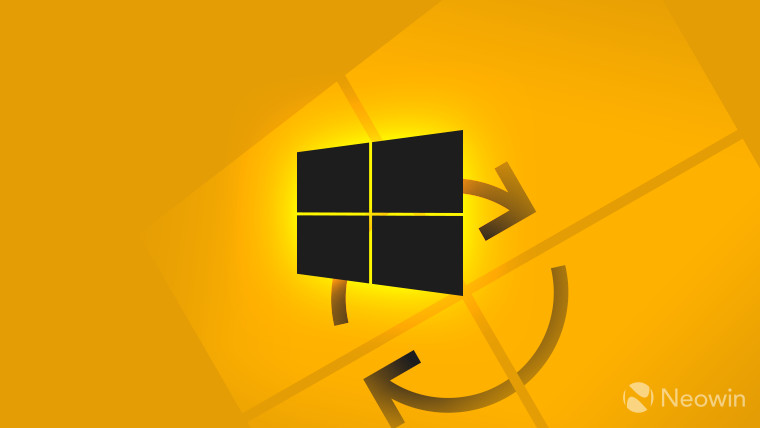It’s not wrong to say that Windows 11 adoption hasn’t been as great as Microsoft might have originally hoped. Just a month after the OS was released, the company began rolling out the update to more systems, citing “positive” feedback. And much more recently, in February of this year, Microsoft released an ad explaining why users still using Windows 10 should upgrade to 11. The video was titled “Start over without starting over with Windows 11,” announcing the idea that the upgrade process is seamless.
Speaking of seamless upgrades, this week Microsoft published a new blog post on its official Tech Community website dispelling all the “myths and misconceptions” surrounding Windows 11 upgrades and moving to cloud-based Microsoft Intune and Microsoft Entra ID (formerly Azure Active Directory). The blog post is aimed at IT and system administrators.
Part of this article suggests how Windows 11 isn’t fundamentally different from 10:
The fact is that Windows 10 to Windows 11 is by design the same as a Windows 10 feature update. If you’re like most organizations, feature updates aren’t big projects. Windows 11 is built on top of Windows 10, even carrying a Windows 10 version number for maximum compatibility. So you can take a more business-like approach to this upgrade.
Windows 11 is built on the same foundation as Windows 10. It’s an evolution that enhances Windows 10’s strengths and addresses its limitations.
And Microsoft has a good reason for that, too. On the eve of the launch of Windows 11, a large-scale study showed how most enterprise systems were simply not ready for the new operating system due to the more difficult system requirements, and the situation was not ideal even a year later in 2022.
Harjit Dhaliwal, senior product marketing manager of Windows Commercial at Microsoft, who wrote the article, says:
Let’s debunk the myths surrounding moving to cloud-native management with Microsoft Intune and Microsoft Entra ID and Windows 11. In this post, we’ll address some common questions and misconceptions by sharing insights and perspectives gleaned from conversations we’ve had with organizations of all sizes from around the world in the past year.
We understand that as an IT professional, a large part of your role is to help manage change and mitigate the risks of implementing those changes. So when you’re considering moving to the cloud together and keeping up-to-date with Windows 11, why does the task seem so daunting?
These “misconceptions” were addressed in several points. Microsoft dissected each of them, trying to explain to administrators why they shouldn’t worry about such issues or concerns. They are:
Misconception #1: To deploy Windows 11, you also need to go full cloud.
Misconception #2: This name change means a bigger change.
Misconception #3: App compatibility is a risk when upgrading to Windows 11.
Misconception #4: Changing how you work with Windows 11 means business productivity will be adversely affected.
Misconception #5: Variation in device configuration increases total cost of ownership.
Finally, the content of the blog post is summarized by Dhaliwal as follows:
While there are costs and risks associated with embracing or resisting change, the move from Windows 10 to Windows 11 can be embraced with confidence and considered business as usual. Indeed, many organizations have already built the muscle to successfully deploy Windows 10’s fourteen semi-annual feature updates to date, and Windows 11 just represents their next deployment.
The management tools, processes, and risk mitigations you have in place will continue to work for your Windows 11 deployment as they do today. Your organization doesn’t have to fear moving to Windows 11.
Microsoft once described how its internal deployment process for Windows 11 was the smoothest it’s ever been, and the company likely wants administrators to feel the same way about their own organizations. Perhaps coincidentally, Microsoft recently announced that it will stop forcing the installation of Windows feature updates on managed PCs.



